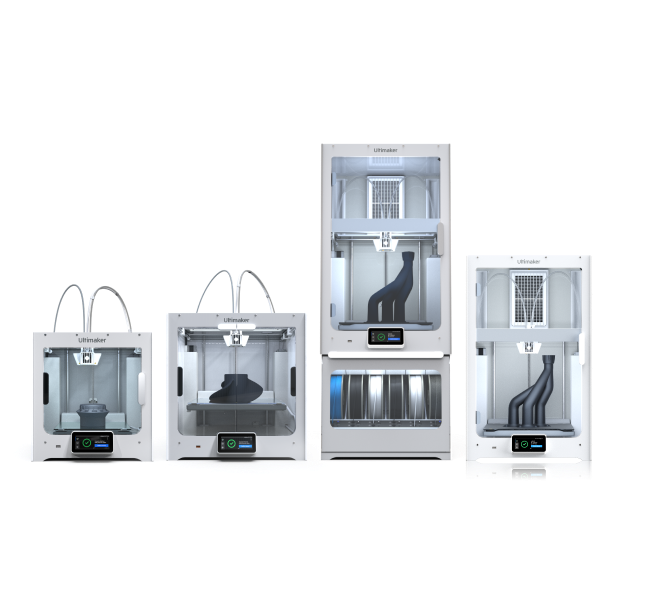-
3D printers
Back
S series 3D printers
Unlimited application potential.
Method series 3D printers
Specialized for engineering applications.
-
Materials
Back
Factor series materials
High-performance and certified materials
S series materials
Over 280 materials to choose from.
Method series materials
From polymers to composites to metals.
- Software
-
Applications
Back
Automotive
Optimize production processes
Defense
Keeping defense assets operational
Education
A 3D Printer Platform Made for Education
Product development
Take your designs to the next level
- Learn
-
Contact us
Back
Support
Explore our support content
Contact sales
Pricing or financing options
Contact us
Press and general inquiries
Open a support ticket
Contact our support team directly



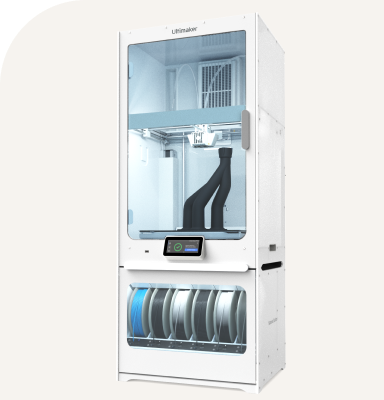

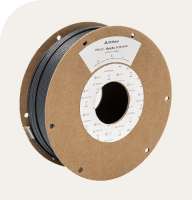
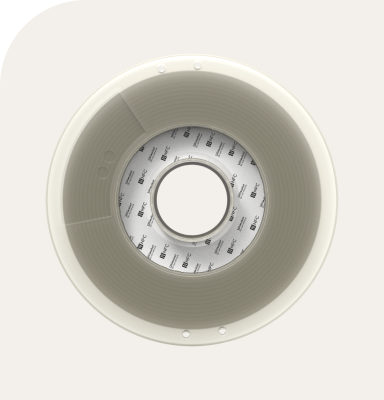
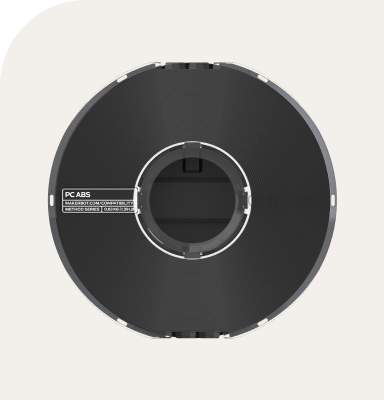



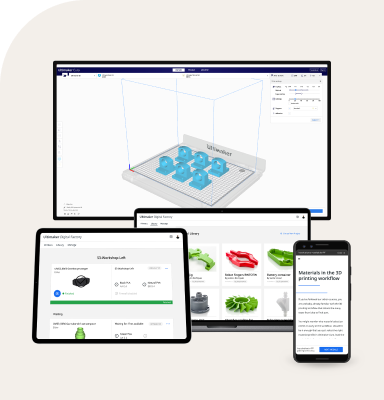



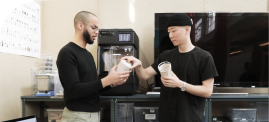








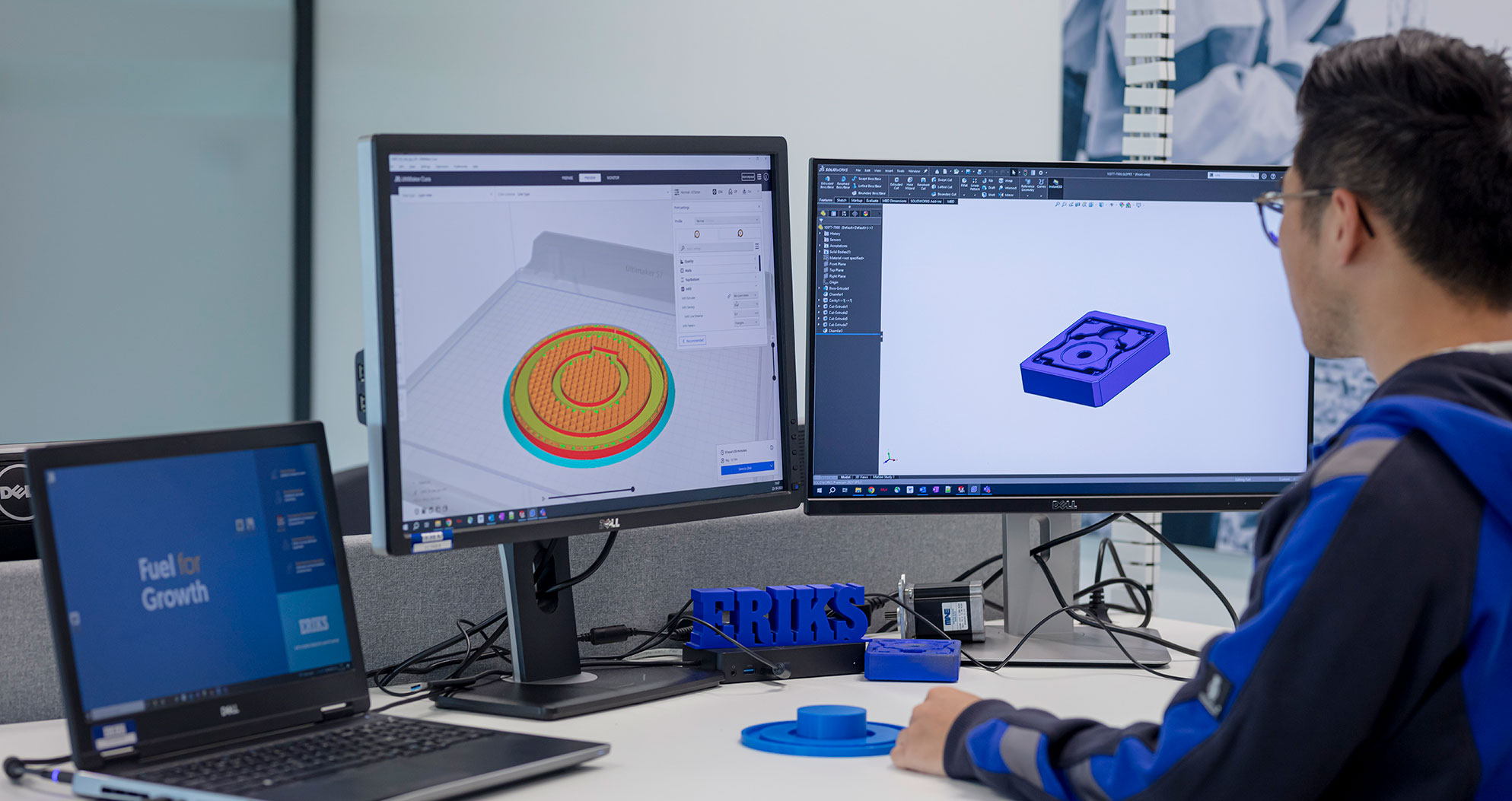
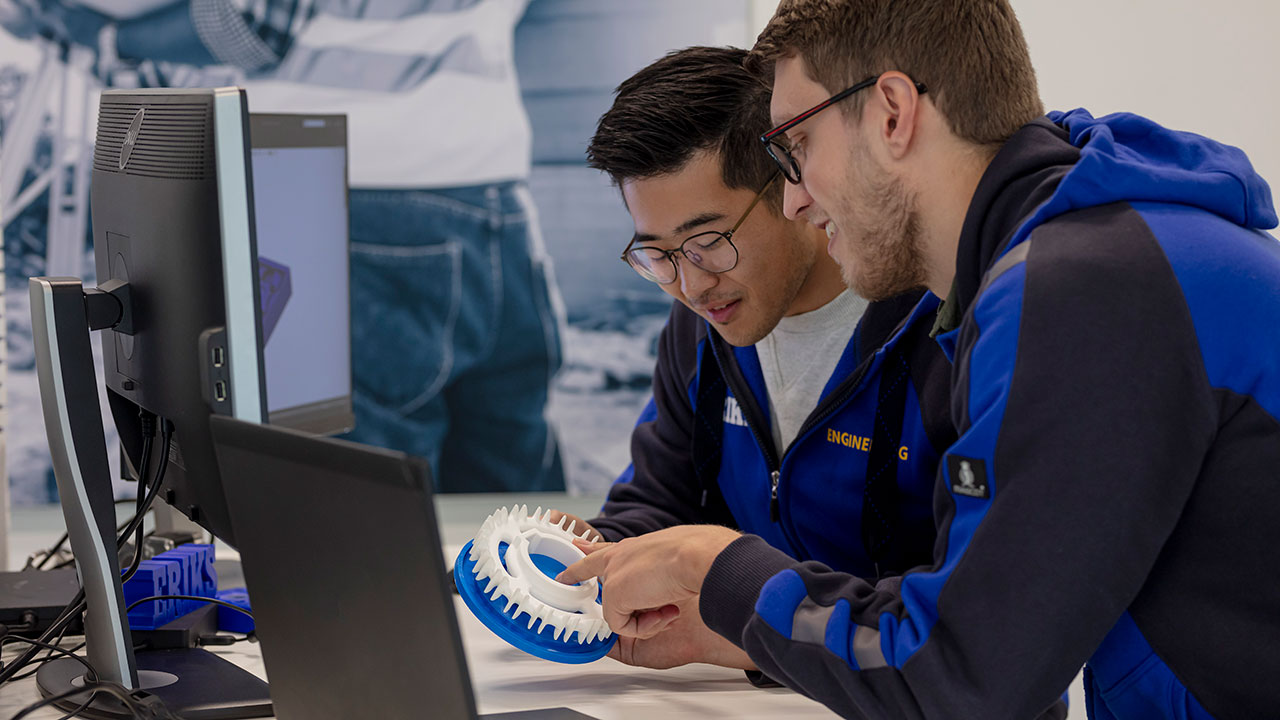 Jesse (left) advises that 3D printing useful jigs and fixtures depends on listening well to the ERIKS production team
Jesse (left) advises that 3D printing useful jigs and fixtures depends on listening well to the ERIKS production team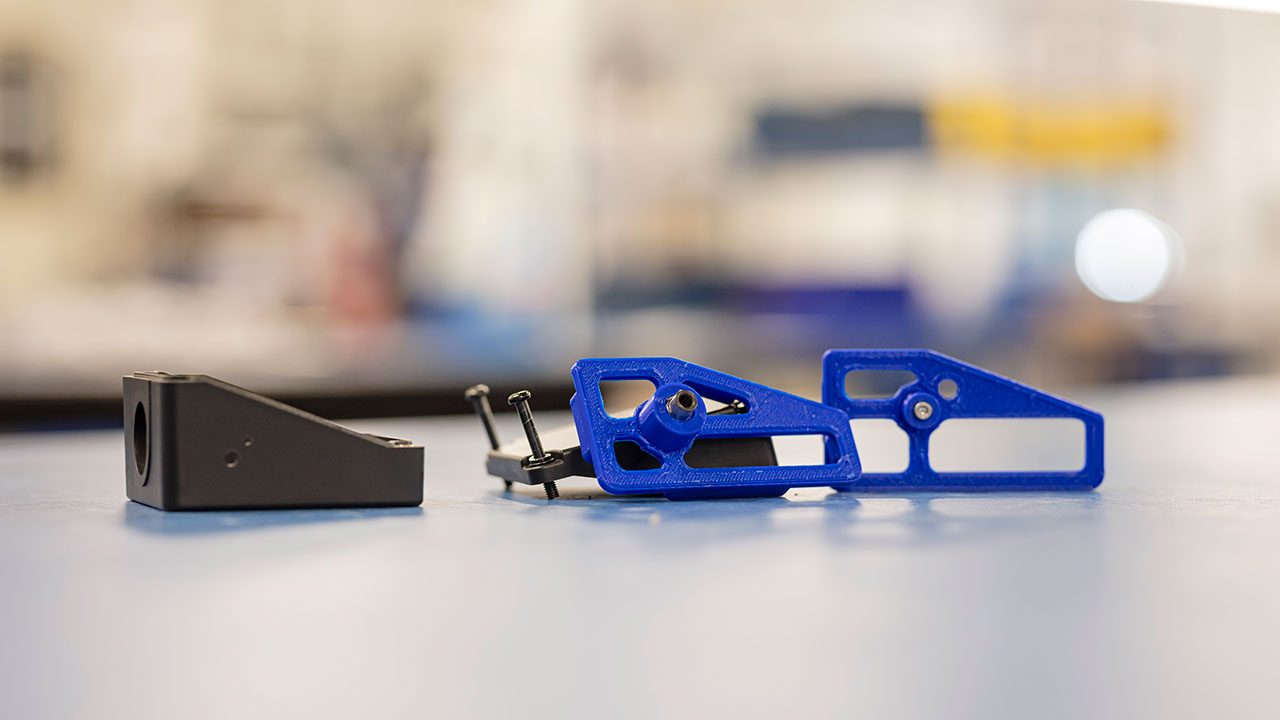 The blue 3D printed drilling jig allows operators to drill accurate holes in the black boxes in seconds rather than minutes
The blue 3D printed drilling jig allows operators to drill accurate holes in the black boxes in seconds rather than minutes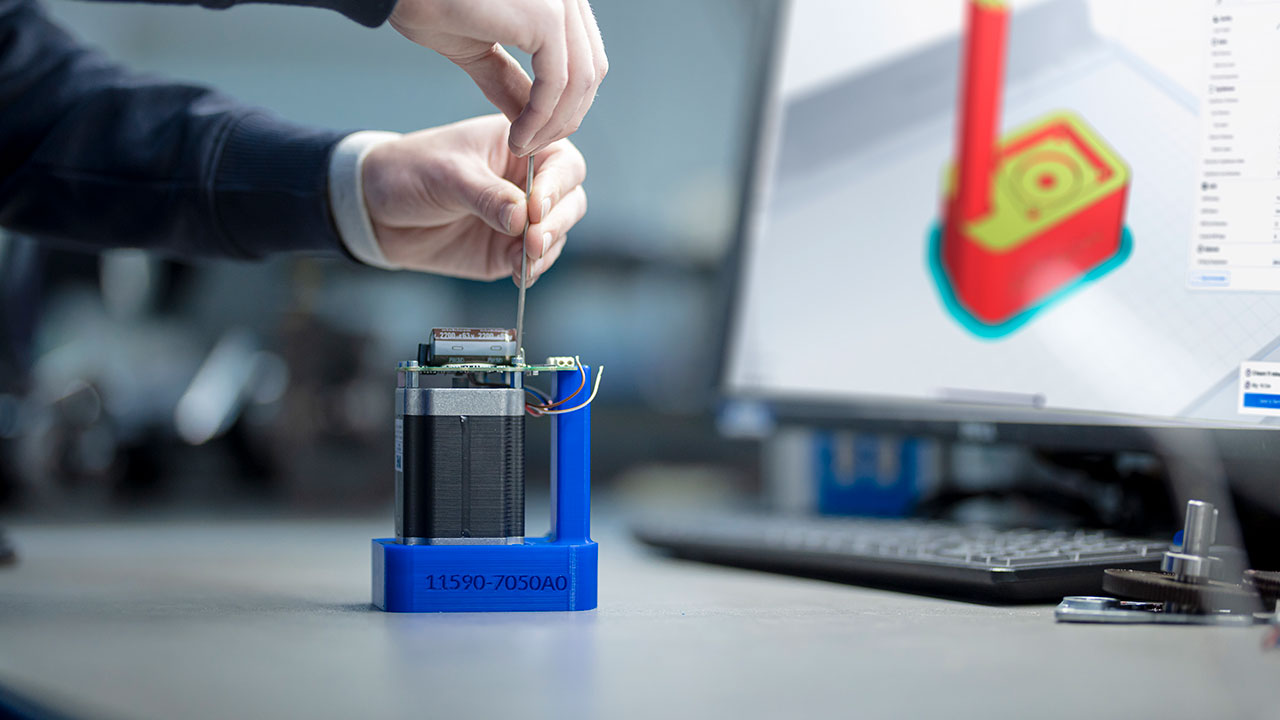 A custom 3D printed jig perfectly supports adding an electrical component to a motor. Before, operators balanced the assembly on a roll of duct tape
A custom 3D printed jig perfectly supports adding an electrical component to a motor. Before, operators balanced the assembly on a roll of duct tape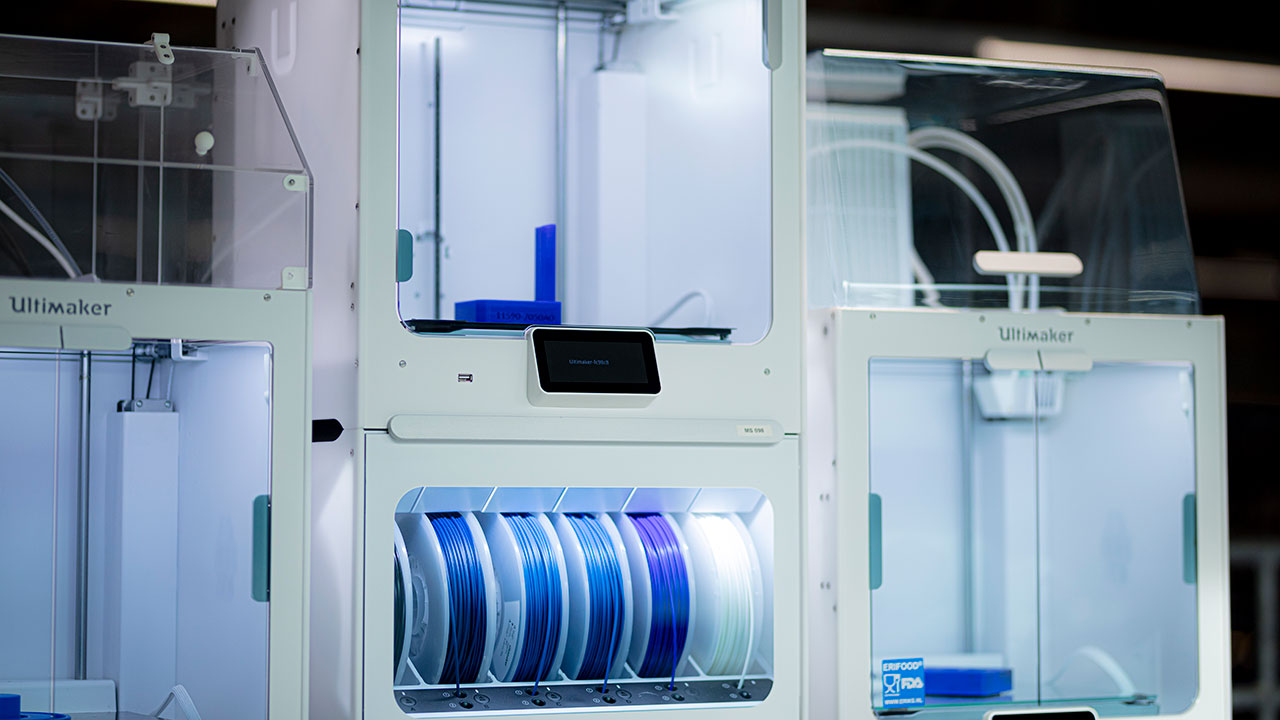 The reliability of the UltiMaker ecosystem allows the ERIKS application engineers to start a print job in the afternoon and it’s ready the next morning
The reliability of the UltiMaker ecosystem allows the ERIKS application engineers to start a print job in the afternoon and it’s ready the next morning
